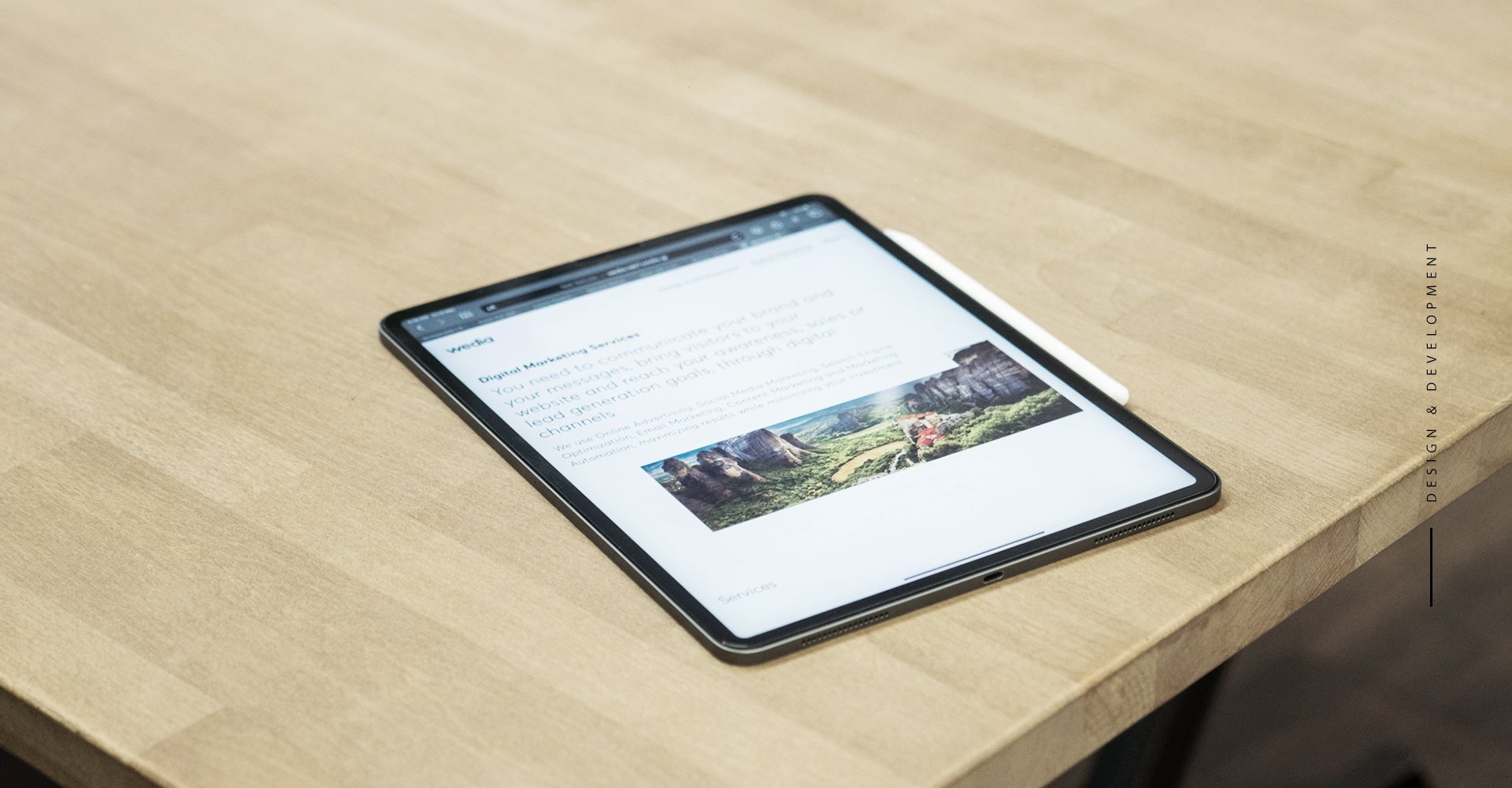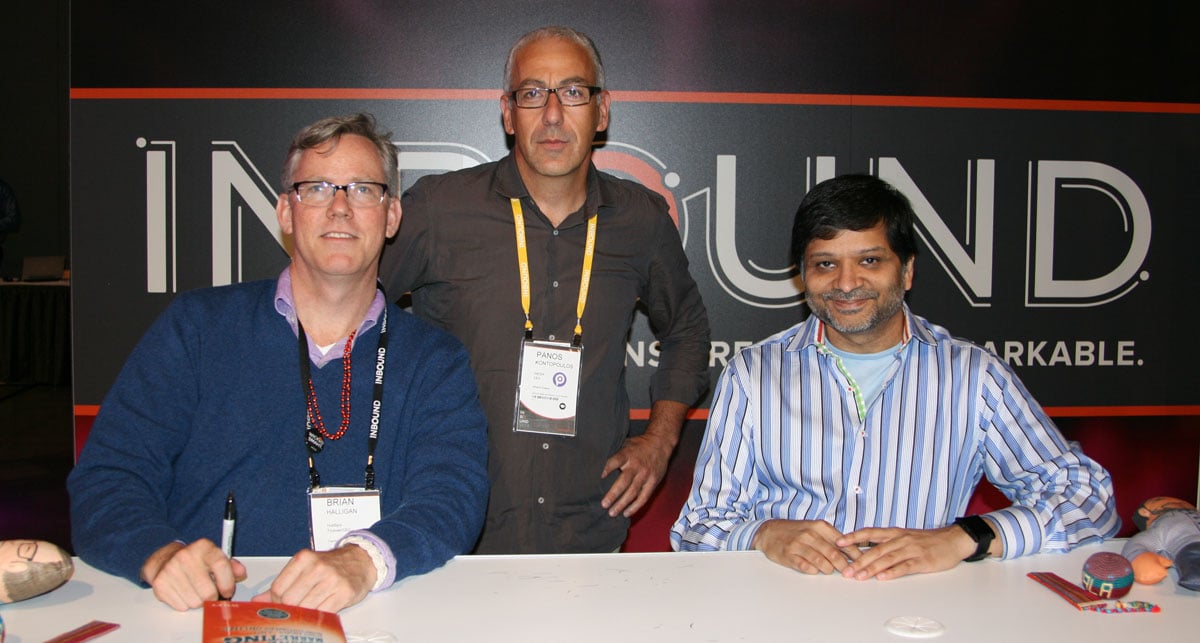INBOUND 2019, the annual conference of Hubspot, the leading marketing automation platform, has enlightened us for another year. The unique chances MarTech provides and the new biggest trend of Experience Disruptors have become the talk of the town.
Just like every year, various opinions have been heard during the conference, along with innovating methods about how us marketers can evolve our services to primarily help clients and secondarily reach our business goals. A big highlight was that the marketing industry has reached a maturity level that makes it necessary to walk off the beaten track, to initiate innovative actions and focus on consumers and their experience, not just on hard sales.
Experience disruptors are among us
Co-Founder of Hubspot Brian Halligan, in his central speech, developed the concept of "experience disruptors", which had a tremendous impact. It is about a new type of company that has already begun replacing the established, familiar and close-to-our-heart companies, both in B2C and B2B levels.
More specifically, the term "experience disruptors" refers to companies that have changed their established process and have managed to provide a more integrated experience to their customers at every stage of their journey.
Halligan cited Netflix as an example. While it uses cutting-edge technology, what has made this platform stand out and become a daily habit is that it has provided a truly unique, unusual experience to the end consumer.
On a B2B level, experience disruptors seem to be doing well, too. Atlassian, the company that created Jira, a leading project management tool, abandoned the old B2B marketing methods that aimed at direct and hard selling and adopted B2C marketing practices. These practices intend to educate and provide answers, that, in the end, make the consumer/customer want to work with them.
Focusing on the consumer and offering the best experience is not a new concept for HubSpot, as it has in recent years moved to a more customer-centric approach, leaving the more traditional and linear funnel behind and replacing it with the multi-dimensional flywheel.
Flywheel responds better to the complex needs of the new consumer and allows marketers to take advantage of methods such as upsell and retention to existing customers, in order to convert them into passionate supporters of their brand and, thus, increase their sales.
The success of the above methods is mainly based on the # 1 trend of recent years: personalization!
Personalization is now vital!
There were many speakers who emphasized the importance of personalization in customer experience. The new buyer model shows us that we now have to let go of the personas and deal with the micro-personas, that have to do with each consumer individually -their needs, desires and problems- and that come from a careful and consistent data collection.
Remember that the two key components of successful personalization are data combined with automation. Automation without data is just spam!
Equally important to personalization is content, which many companies seem to still not be able to do properly.
What is the problem with content?
In his presentation, Marcus Sheridan emphasized that most companies fail to create effective content that increases ROI for a simple reason: they do not answer customers’ questions.
According to Sheridan, these are the 5 key factors affecting a purchase and they should be included in the content:
- Problem (Is it for me?)
- Cost (How much does it cost?)
- Comparison (What else is there on the market?)
- Reviews (What is the opinion of those who obtained it?)
- Reserve (Is it really suitable?)
On the same topic, Dan Gingiss suggested marketers to focus on their existing customers and design unique experiences that their audience would like to share.
To achieve this, content must be smart (witty), immersive, sharable and unexpected (extraordinary). Once you have created the right conditions, you also need to respond quickly! Let’s not forget that it is very important for brands to respond to both positive and negative customer feedback.
Lastly, one thing is for sure: a good customer service experience creates happy customers. And happy customers, in turn, create new sales opportunities. Are you ready to take your customer experience one step further?







